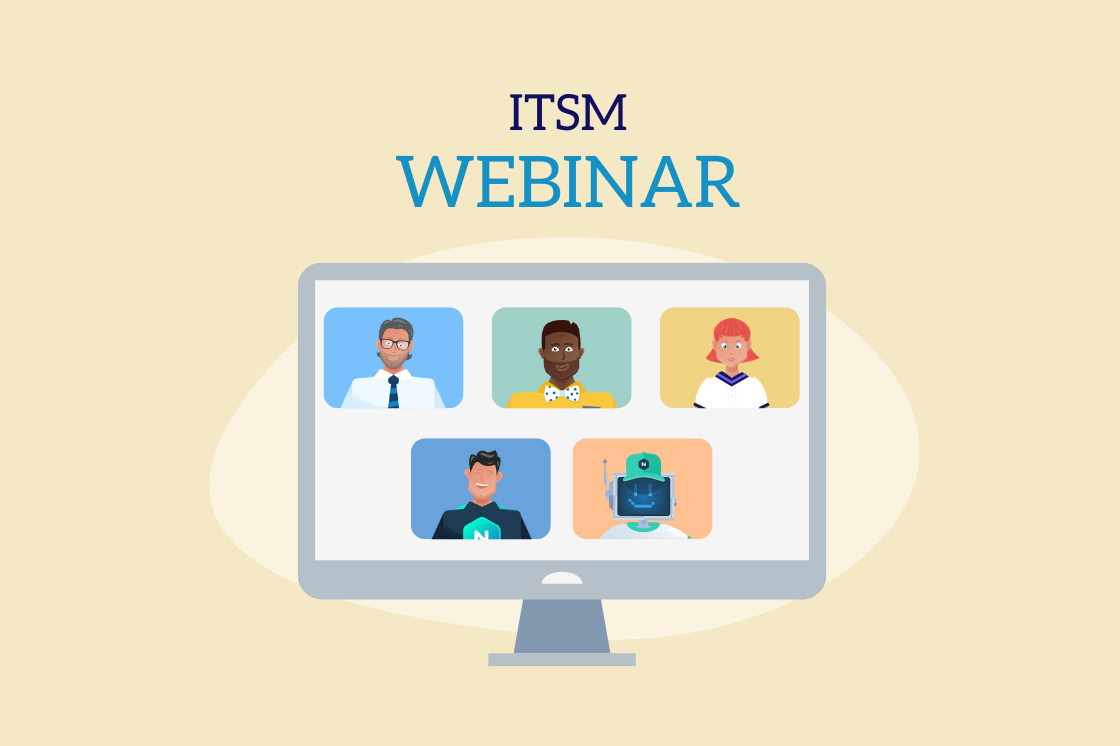Digital Transformation Customer Journey: focus on User Stories
In today’s post, we will be discussing an innovative new approach to drive Digital Transformation, we call it Process-Driven User Stories. In this methodology, we perform user story mapping to the business processes in order to improve outcomes. We will also be providing user story examples and how to map these stories to business processes.
Watch the video, or read the full transcript below.
Digital Transformation is a journey
Organizations are embarking on digital transformation initiatives at a never-before-seen rate. A significant number of these initiatives were in response to the COVID pandemic, with organizations having to adjust their operating models.
Digital Transformation is a much-overused buzzword
So let’s take a moment to get on the same page.
I like this definition from Gartner, who defines Digital Transformation as
The reason I like this definition is that it debunks the Digital Transformation buzzword.
Organizations have been undertaking Digital Transformation initiatives since the first commercial computers launched in the 1950s.
For example, the US census bureau used a UNIVAC I computer to digitally transform the tabulating of the 1950 census. In 1953, American Airlines sought to Digitally Transform their business with the launch of the Sabre initiative, one of the first transactional airline reservation systems.
So I tend to look at Digital Transformation as a significant IT project. This project requires sponsorship, clear business objectives, budget, resources, schedule, etc.
There is a number you need to take to heart when it comes to these large-scale projects, 75%. Because 75 is the percentage of Digital Transformation initiatives that will fail to meet objectives (based on an aggregate of studies from Boston Group, Capgemini, Everest Group, KPMG, and McKinsey & Company).
So what does it mean to your company?
To place it into context, IDC, a global provider of market intelligence, says, “Digital Transformation investment is growing at a compound annual growth rate of 17.5% and will approach $7.1 trillion by 2023.”
A Digital Transformation failure in your company could represent tens of millions of dollars in waste, negatively impact your customers, and expose your company to adverse consequences.
So why do Digital Transformation Initiatives fail?
There are many reasons that digital transformations fail, including; culture, unrealistic expectations, lack of skills, outdated technology stack, silos within your organization, resistance to change, inability to scale, and more.
But the two I want to focus on in this article are Unclear Requirements and Undefined Processes.
You see, based on my experience, there is a disconnect between Business Outcomes (what the organization wants to achieve) and the Technical Implementation of a solution designed to achieve those outcomes.
So What does this have to do with Process Design & User Stories?
We believe that failure to embrace these two elements is a leading reason for Digital Transformation failure.
There is a better approach! Begin by defining the desired business outcomes. Then define the business processes that translate these outcomes into a new operating model. Once you have a clear consensus on the new model, you can capture one or more user stories for each step in the process (user story mapping).
User stories are natural language descriptions of a feature or requirement of a system, viewed from the perspective of the user of that system. For example, a salesperson would like instant access to a list of highly qualified leads to improve their productivity and achieve their sales goals. Capturing one or more user stories for each step in the business process captures the “voice of the customer.”
These user stories provide a roadmap to a successful implementation, one that aligns directly with business outcomes.
We call this user story mapping “Process-Driven User Stories.”
Here is a simple example of user story mapping using our approach. Let’s say your company has defined a business outcome of improving and automating the process of reimbursing employee expenses.
The next step is to start with defining the process. Let’s keep it simple and describes the process as follows:
- Employee submits expense form
- Form routed to the manager for approval
- The manager either rejects the expense and returns it to the employee or routes it to finance for payment
- Finance reimburses the employee

Now that the process is defined, you can begin to capture one or more user stories for each step in the process (user story mapping). Let’s take the first step in the process “employee submits expense form.” One user story example may be “the employee needs a simple and time-saving method for capturing expenses and attaching receipts.”
Notice how this is a natural language description of a feature from the user’s perspective. It’s not technical at all. It gives insight into what the requirement is but doesn’t say how the developer will implement it. You can continue to perform user story mapping for each step in the process.
Once all the stories are defined, the business analyst, working with the product team, can drill down to provide technical solutions and requirements for the story. One such example would be the ability to scan the expense receipts and creating an expense entry. You can also capture any other fields or requirements needed for the expense form.
The benefit of this approach is a comprehensive process definition and detailed user stories and requirements, essential for a successful implementation.
In keeping with the principles of “Design Thinking” and Agile Development, It’s best to prototype these solutions and go back to the business to ensure you are delivering what the users need. This agile approach applies to the entire journey from defining business outcomes, designing processes, creating user stories, and implementing the solution.
Do not treat this journey from business objectives to technical implementation as a waterfall approach to development. It is essential to validate assumptions and get further clarification as required, at any step along the journey.
It is also important not to play “lip service” to the user story approach by reverse-engineering the stories from the technology. The intention behind User stories is to include the user’s requirements into the solution.
The inability to get users involved (I don’t have time or don’t know what I need) speaks to a broader cultural or project management issue.
Remember to stay focused on the benefits throughout this journey
- Better alignment to the needs of the business
- Less rework, saving you time and money
- Human-Centered Design, by listening to the voice of the customer
- Supports the principles of Agile Development
Conclusion
- Digital Transformation initiatives are on the rise, and you may very well be part of one today.
- These significant IT projects face many challenges that can lead to their failure. Two of these challenges include undefined processes and unclear requirements.
- Process-Driven user stories provide a methodology to ensure development is driven through a clear understanding of the business objectives (process) and by listening to the voice of the customer (user stories).
- The result will be better alignment between the needs of the business and the IT implementation.
To learn more about Process-driven User Story Mapping & The Navvia Process Designer, go to navvia.com/contact


